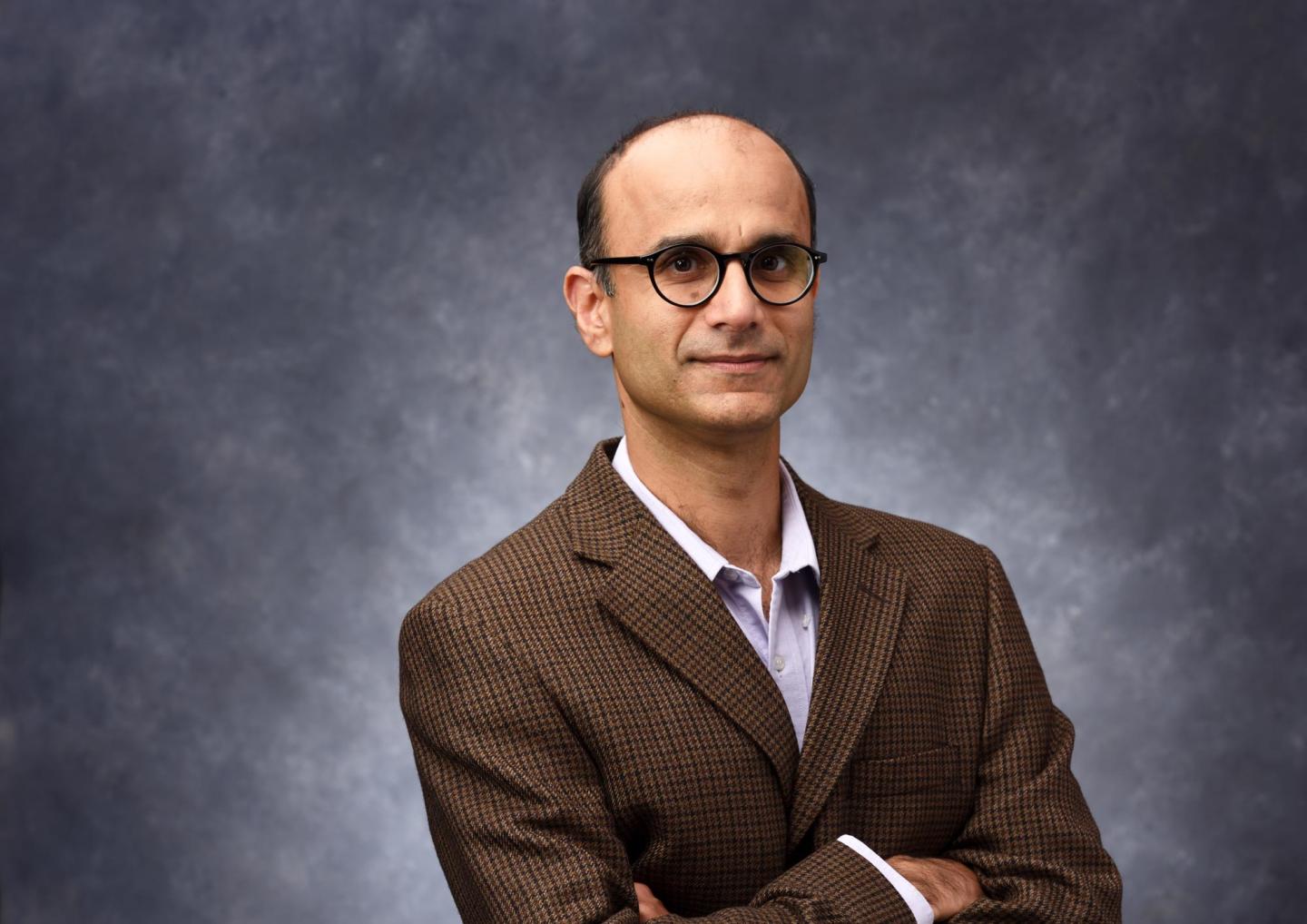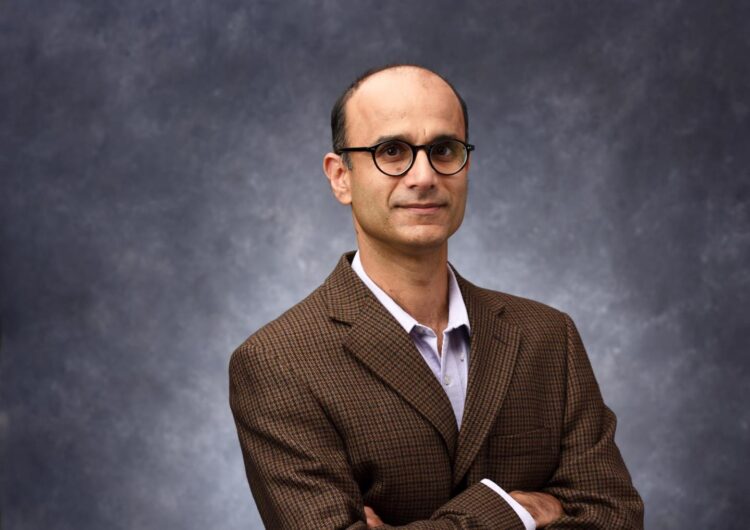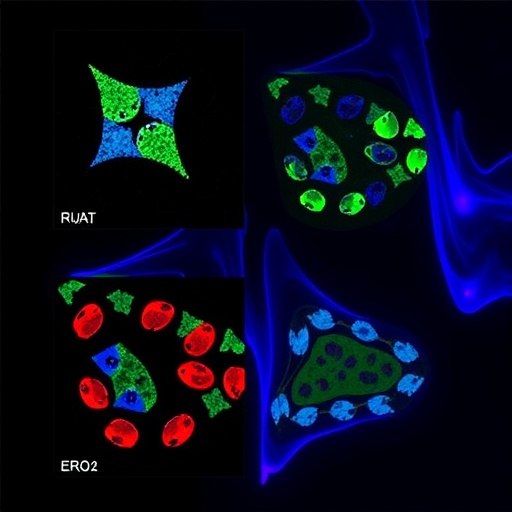Pitt Professor receives $292K from NSF to investigate the micromechanics of surface tension

Credit: University of Pittsburgh
Dry sand can be poured out of a bucket almost like a liquid; if you try to build a sandcastle with dry sand, you won’t have much luck. However, if you add just a little bit of water, everything about the sand’s behavior changes: It cannot be poured like a liquid and, instead, holds together well enough to build something.
That difference is an example of how surface tension affects flow behavior, an element that is crucial in a variety of physical processes that involve mixing together liquid and solid particles. Sachin Velankar, professor of chemical and petroleum engineering at the University of Pittsburgh’s Swanson School of Engineering, received $291,968 from the National Science Foundation for his collaborative research that seeks to better understand these phenomena. Velankar holds a secondary appointment in the Department of Mechanical Engineering and Materials Science.
“Dry sand is really a mix of sand particles and air. The reason wet sand behaves so differently from dry sand is that water wants to wet the sand particles more than air does,” explained Velankar. “If you take the wet sand and look under microscope, you’ll see that between each pair of sand particles is a ring of water – a meniscus -sticking them together. That’s why the wet sand can’t be poured: the granules just won’t separate easily. We want to understand how such wet particles separate under flow.”
Velankar will partner with Charles Schroeder, professor of chemical and biomolecular engineering at the University of Illinois – Urbana-Champaign, on the project. The two will not be looking at sand, however. Instead, they will use state-of-the-art technology to manipulate microscopic particles suspended in fluid to study their behavior, the conditions that bind them together and the force necessary to break them apart.
“I’ve been working in this area for more than 10 years and thought about questions of micromechanics for a long time but didn’t know how to approach it,” said Velankar. “It’s hard to manipulate particles precisely at this scale. That’s where the collaboration comes in.”
Schroeder’s method involves a small microfluidic device, called a Stokes trap, with strategically placed channels for incoming and outgoing liquid streams. The particles, suspended in the chamber, are manipulated as liquid flows through the different channels.
The research will provide a fundamental understanding of the dynamics and rupture of particle clusters in well-defined flows. Understanding the micromechanics of this phenomenon will inform the way materials are mixed and separated in many industries that rely on the mixing of solids and liquids, from oil drilling to 3D printing to the food industry.
###
The project, titled “Collaborative Research: Micromechanics of Meniscus-bound Particle Clusters,” received a total of $510,000 with $291,968 assigned to Pitt. It begins Sept. 1, 2020, and is expected to last 3 years.
Media Contact
Maggie Pavlick
[email protected]
Original Source
https:/





